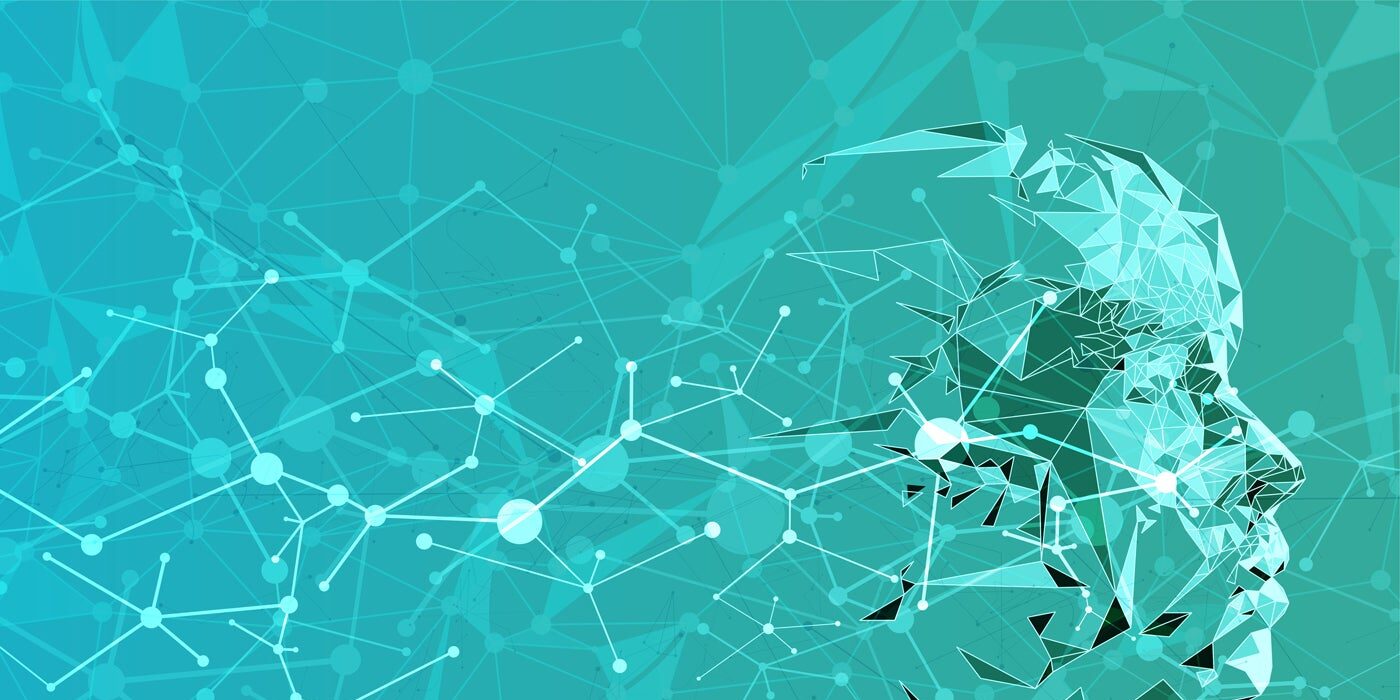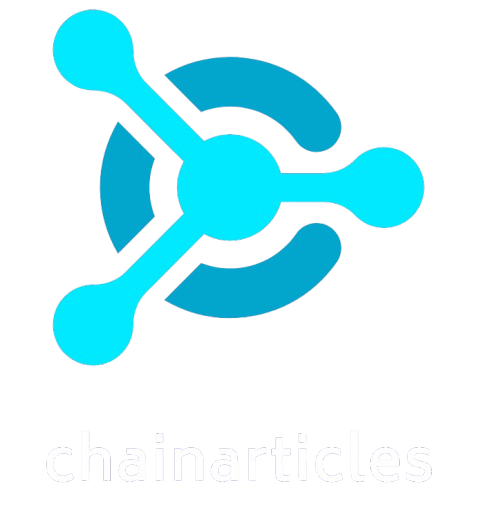A new report published by the U.K. government says that OpenAI’s o3 model has made a breakthrough on an abstract reasoning test that many experts thought “out of reach.” This is an indicator of the pace that AI research is advancing at, and that policymakers may soon need to decide whether to intervene before there is time to gather a large pool of scientific evidence.
Without such evidence, it cannot be known whether a particular AI advancement presents, or will present, a risk. “This creates a trade-off,” the report’s authors wrote. “Implementing pre-emptive or early mitigation measures might prove unnecessary, but waiting for conclusive evidence could leave society vulnerable to risks that emerge rapidly.”
In a number of tests of programming, abstract reasoning, and scientific reasoning, OpenAI’s o3 model performed better than “any previous model” and “many (but not all) human experts,” but there is currently no indication of its proficiency with real-world tasks.
SEE: OpenAI Shifts Attention to Superintelligence in 2025
AI Safety Report was compiled by 96 global experts
OpenAI’s o3 was assessed as part of the International AI Safety Report, which was put together by 96 global AI experts. The aim was to summarise all the existing literature on the risks and capabilities of advanced AI systems to establish a shared understanding that can support government decision making.
Attendees of the first AI Safety Summit in 2023 agreed to establish such an understanding by signing the Bletchley Declaration on AI Safety. An interim report was published in May 2024, but this full version is due to be presented at the Paris AI Action Summit later this month.
o3’s outstanding test results also confirm that simply plying models with more computing power will improve their performance and allow them to scale. However, there are limitations, such as the availability of training data, chips, and energy, as well as the cost.
SEE: Power Shortages Stall Data Centre Growth in UK, Europe
The release of DeepSeek-R1 last month did raise hopes that the pricepoint can be lowered. An experiment that costs over $370 with OpenAI’s o1 model would cost less than $10 with R1, according to Nature.
“The capabilities of general-purpose AI have increased rapidly in recent years and months. While this holds great potential for society,” Yoshua Bengio, the report’s chair and Turing Award winner, said in a press release. “AI also presents significant risks that must be carefully managed by governments worldwide.”
International AI Safety Report highlights the growing number of nefarious AI use cases
While AI capabilities are advancing rapidly, like with o3, so is the potential for them to be used for malicious purposes, according to the report.
Some of these use cases are fully established, such as scams, biases, inaccuracies, and privacy violations, and “so far no combination of techniques can fully resolve them,” according to the expert authors.
Other nefarious use cases are still growing in prevalence, and experts are in disagreement about whether it will be decades or years until they become a significant problem. These include large-scale job losses, AI-enabled cyber attacks, biological attacks, and society losing control over AI systems.
Since the publication of the interim report in May 2024, AI has become more capable in some of these domains, the authors said. For example, researchers have built models that are “able to find and exploit some cybersecurity vulnerabilities on their own and, with human assistance, discover a previously unknown vulnerability in widely used software.”
SEE: OpenAI’s GPT-4 Can Autonomously Exploit 87% of One-Day Vulnerabilities, Study Finds
The advances in the AI models’ reasoning power means they can “aid research on pathogens” with the aim of creating biological weapons. They can generate “step-by-step technical instructions” that “surpass plans written by experts with a PhD and surface information that experts struggle to find online.”
As AI advances, so do the risk mitigation measures we need
Unfortunately, the report highlighted a number of reasons why mitigation of the aforementioned risks is particularly challenging. First, AI models have “unusually broad” use cases, making it hard to mitigate all possible risks, and potentially allowing more scope for workarounds.
Developers tend to not fully understand how their models operate, making it harder to fully ensure their safety. The growing interest in AI agents — i.e., systems that act autonomously — presented new risks that researchers are unprepared to manage.
SEE: Operator: OpenAI’s Next Step Toward the ‘Agentic’ Future
Such risks stem from the user being unaware of what their AI agents are doing, their innate ability to operate outside of the user’s control, and potential AI-to-AI interactions. These factors make AI agents less predictable than standard models.
Risk mitigation challenges are not solely technical; they also involve human factors. AI companies often withhold details about how their models work from regulators and third-party researchers to maintain a competitive edge and prevent sensitive information from falling into the hands of hackers. This lack of transparency makes it harder to develop effective safeguards.
Additionally, the pressure to innovate and stay ahead of competitors may “incentivise companies to invest less time or other resources into risk management than they otherwise would,” the report states.
In May 2024, OpenAI’s superintelligence safety team was disbanded and several senior personnel left amid concerns that “safety culture and processes have taken a backseat to shiny products.”
However, it’s not all doom and gloom; the report concludes by saying that experiencing the benefits of advanced AI and conquering its risks are not mutually exclusive.
“This uncertainty can evoke fatalism and make AI appear as something that happens to us,” the authors wrote.
“But it will be the decisions of societies and governments on how to navigate this uncertainty that determine which path we will take.”




